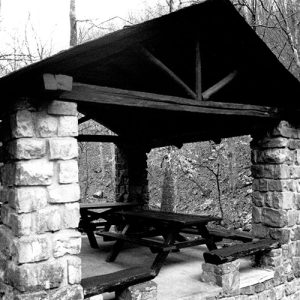 Collier Springs Shelter
Collier Springs Shelter
Entry Category: Museums and Historic Sites
 Collier Springs Shelter
Collier Springs Shelter
 Collins Theatre
Collins Theatre
Columbia County Courthouse
 Columbia County Courthouse
Columbia County Courthouse
Confederate Mothers Memorial Park
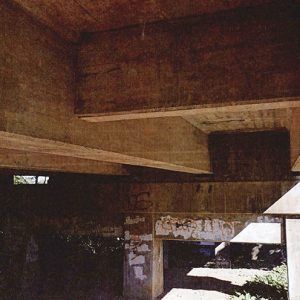 Construction Detail
Construction Detail
Conway Confederate Monument
Conway County Courthouse
Cook-Morrow House
Coolidge House
Coop Creek Bridge
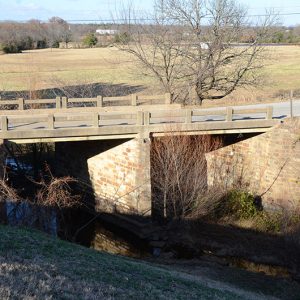 Coop Creek Bridge
Coop Creek Bridge
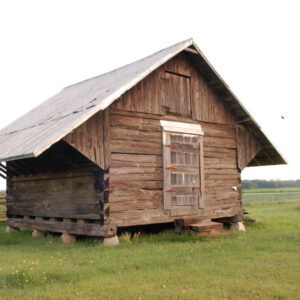 Corn Crib
Corn Crib
Cornish House
Cottage Courts Historic District
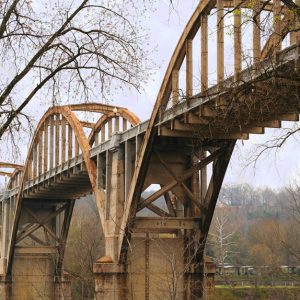 Cotter Bridge
Cotter Bridge
Cotter Water Tower
Cotton Belt Railroad Depot
 Cotton Pen
Cotton Pen
Cotton Plant Water Tower
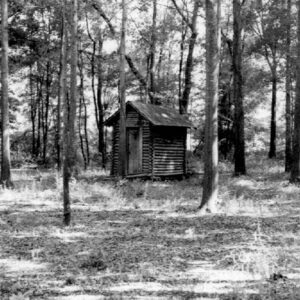 Couch-Marshall House Outbuilding
Couch-Marshall House Outbuilding
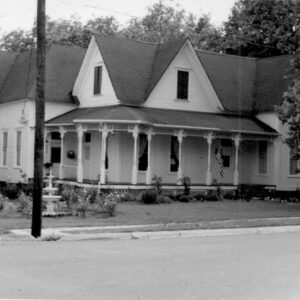 Couch-Marshall House
Couch-Marshall House
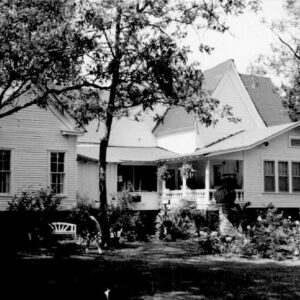 Couch-Marshall House
Couch-Marshall House
Couch-Marshall House
Couchwood Historic District
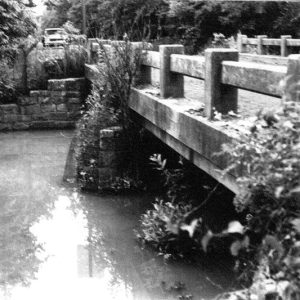 County Road 4G Bridge
County Road 4G Bridge
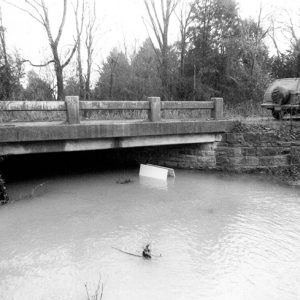 County Road 4G Bridge
County Road 4G Bridge
Cove Creek Bridge
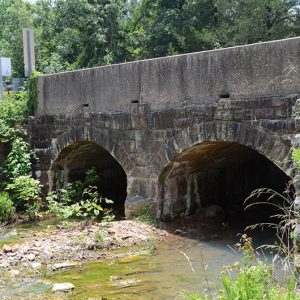 Cove Creek Bridge
Cove Creek Bridge
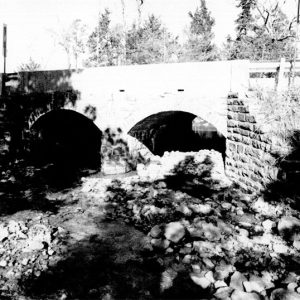 Cove Creek Bridge
Cove Creek Bridge
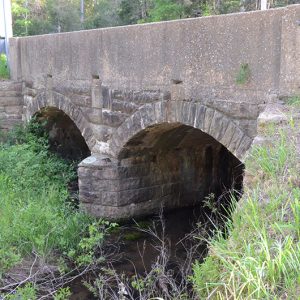 Cove Creek Tributary Bridge
Cove Creek Tributary Bridge
Cove Creek Tributary Bridge
Cove Lake Bathhouse
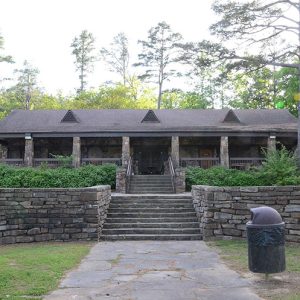 Cove Lake Bathhouse
Cove Lake Bathhouse
Cove Lake Spillway Dam/Bridge
aka: Cove Creek Spillway Bridge
 Cove Lake Spillway Dam/Bridge
Cove Lake Spillway Dam/Bridge
 Cove Lake Spillway Dam/Bridge
Cove Lake Spillway Dam/Bridge
Cove Tourist Court
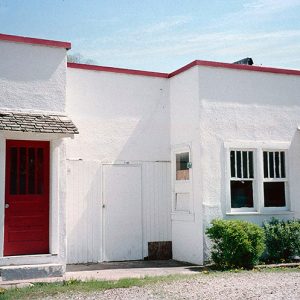 Cove Tourist Court
Cove Tourist Court
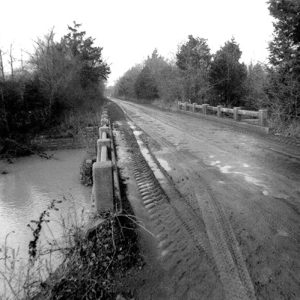 CR 4G Bridge Road Bed
CR 4G Bridge Road Bed
Craighead County Courthouse, Western District
Crenshaw Site
 Crescent Hotel
Crescent Hotel
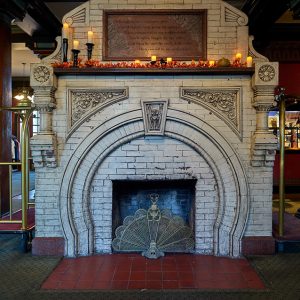 Crescent Hotel Fireplace
Crescent Hotel Fireplace
Crittenden County Courthouse
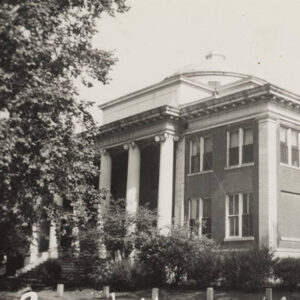 Crittenden County Courthouse
Crittenden County Courthouse
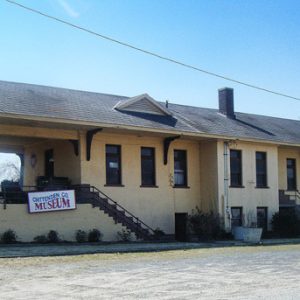 Crittenden County Museum
Crittenden County Museum
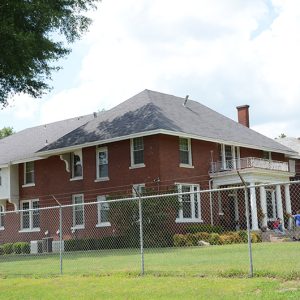 Florence Crittenton Home
Florence Crittenton Home
 Crittenton Home Funding Editorial
Crittenton Home Funding Editorial




